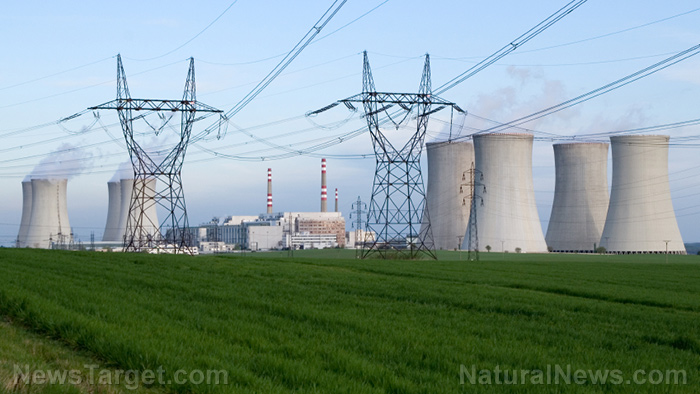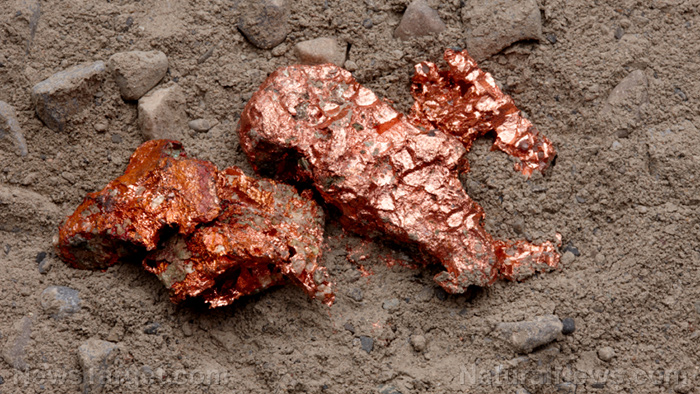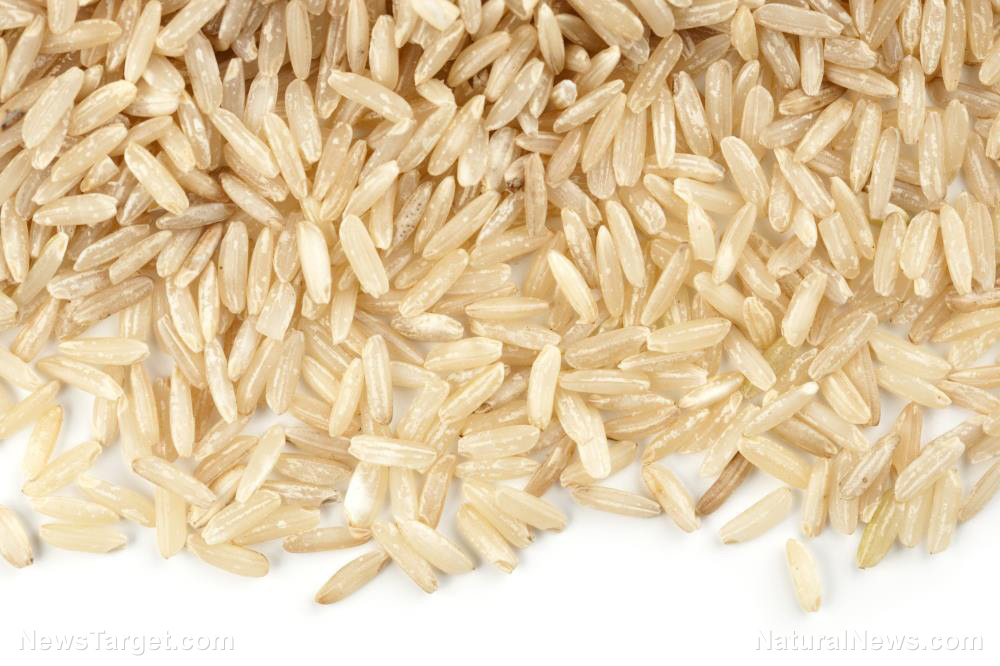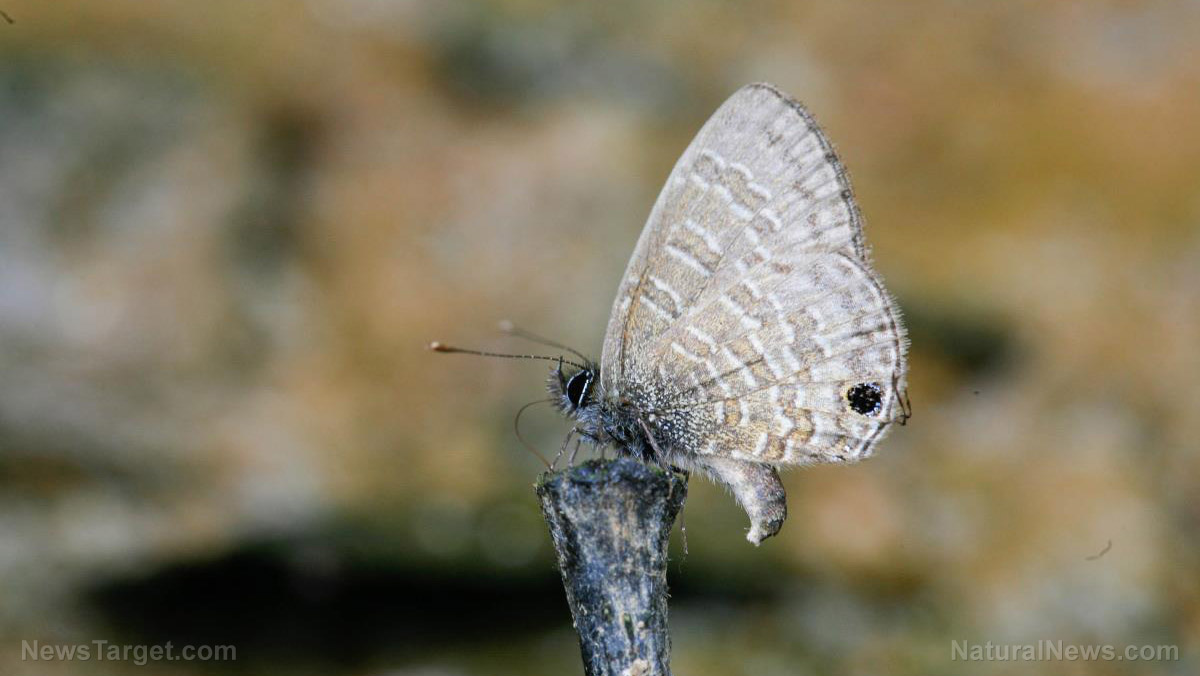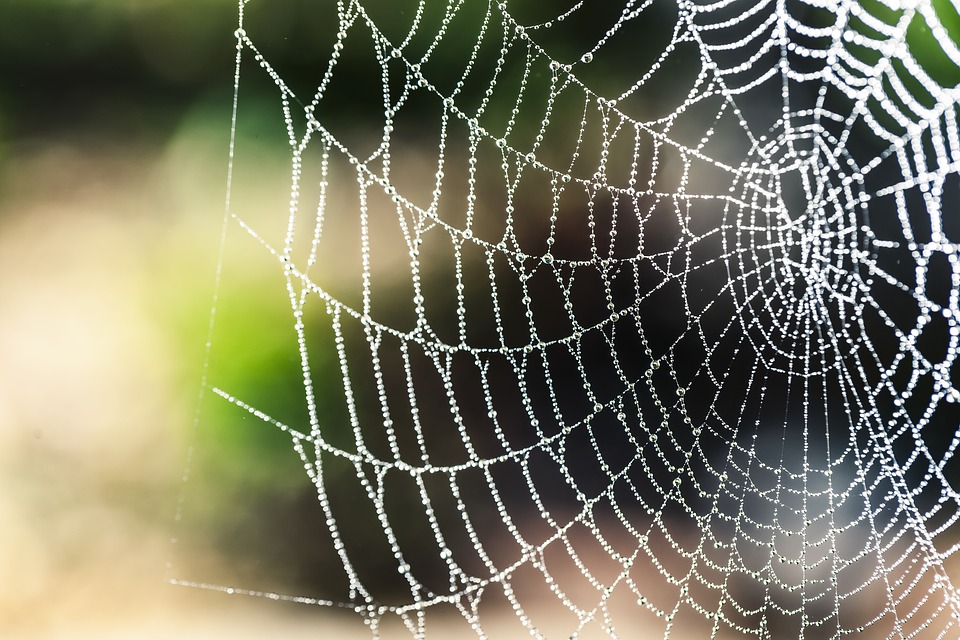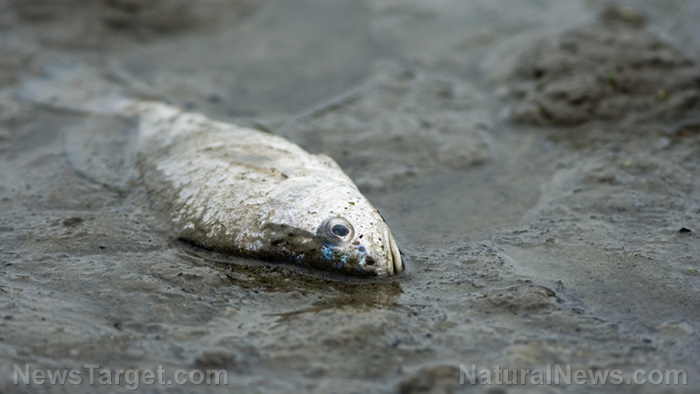Freezing cold weather could damage winter wheat
04/25/2023 / By Belle Carter
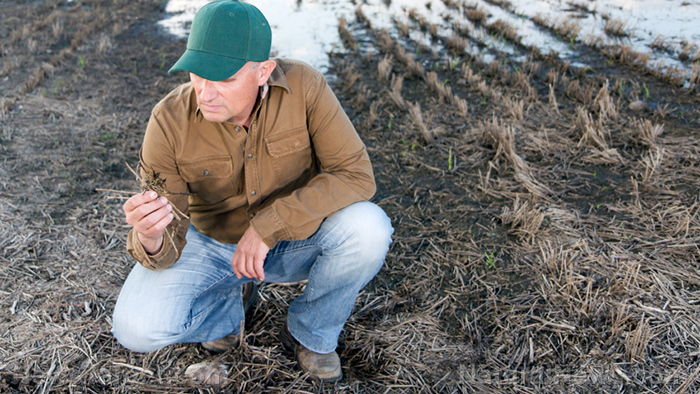
Meteorologists have warned that much of the country should brace for the late April blast of freezing weather. Though the cold may not risk the corn already planted in fields, there are growing concerns about the potential damage to winter wheat.
“We can easily see sub-freezing temperatures all the way down into north Texas. So, that means everybody north of that, including the northwestern half of Oklahoma, much of Kansas, all those areas should experience freezes,” said United States Department of Agriculture (USDA) meteorologist Brad Rippey.
He also pointed out that winter wheat is already heading in some of the areas, including southern Oklahoma and parts of Texas.
“So, that is a concern where you overlap some freezing temperatures and heading winter wheat, with the part of the crop that’s even still viable, could be harmed by sub-freezing temperatures over the next few days,” Rippey said. “And unfortunately, that pattern seems like it’s going to continue. Although I think in time as we head into late April and early May, some of that colder air may spill more into the Midwest than the Great Plains. But this initial shot will deliver freezes likely as far south as at least the northern panhandle of Texas.”
According to the meteorologist, they are confident that the corn crop that’s already planted will be just fine since the crop either hasn’t emerged or is still young enough that the growing point is below the soil. The ground is warm enough to help insulate that growing point at this early stage. Also, the far north, where it’s going to be really cold, does not have any corn planted yet.
World Weather’s Drew Lerner has been monitoring the weather pattern for more than a week and originally alerted to the possibility of a crop-damaging freeze earlier. However, he thinks at the time that it was too early to see just how widespread the cold would be. Meanwhile, his latest forecast is colder than that of the National Oceanic and Atmospheric Administration (NOAA), a federal scientific and regulatory agency.
The farm journal AG Web reported that winter wheat conditions are already in historically poor condition. It said that Kansas’ crop is rated 60 percent poor to very poor; Oklahoma’s crop is rated 53 percent poor to very poor; and the Texas winter wheat crop is rated 52 percent poor to very poor. (Related: USDA: 69% of total U.S. winter wheat production currently in drought zones… sharp decline in yields right around the corner.)
Wheat production crisis to worsen food inflation
According to reports, the hard-red winter wheat and soft-red winter wheat have just surged to record highs as winter drought threatens crop yields across the Midwest and other major farming regions, a possible reason to push food inflation even higher. Hard-red winter wheat’s premium over soft-red winter wheat is $1.72 a bushel in Chicago earlier in April, surpassing the 2011 record.
According to James Bolesworth, managing director at CRM AgriCommodities, the widening spread is “a factor of the drought in the U.S. Plains that is detrimentally impacting crop conditions.”
The latest report from the USDA found that top wheat producer Kansas had only 19 percent of the acreage in good or excellent condition. Agritel analysts also noted that droughts are hitting crops in other states.
Drought conditions also hit the Canadian Prairies, where farmers are planting in some of the driest conditions in half a century. They need adequate moisture to plant wheat and canola crops, or this might lead to poor crop yields later in the growing season, which could impact global supplies.
“If there isn’t good moisture, those tiny plants are quite susceptible to adverse conditions,” said Bill Prybylski, vice president of the Agricultural Producers Association of Saskatchewan.
Independent news outlet ZeroHedge recently reported that the possibility of lower U.S. and Canadian wheat production because of persistent drought conditions could exacerbate global food supplies.
WorldAgriculture.news has more stories on the current situation of global agriculture.
Watch the video below that talks about rice and wheat crops being in jeopardy.
This video is from the Rudyk Report channel on Brighteon.com.
More related stories:
Drought threatens US wheat harvest, deepening global supply challenges.
Winter wheat harvest collapse imminent amid ongoing severe drought as “dust bowl conditions” persist.
Corn, soybean, wheat, oat planting in the US now far behind their five-year averages.
Sources include:
Submit a correction >>
Tagged Under:
agriculture, Canadian Prairies, Climate, corn cops, crop collapse, crops, Drought, Ecology, environment, famine, food collapse, food inflation, food scarcity, food supply, freezing weather, hunger, starvation, Texas, US plains, USDA, weather terrorism, Western Corn Belt, winter, winter wheat
This article may contain statements that reflect the opinion of the author
RECENT NEWS & ARTICLES
COPYRIGHT © 2017 ECOLOGY NEWS

